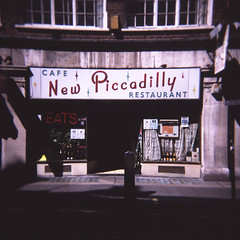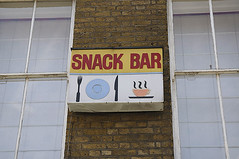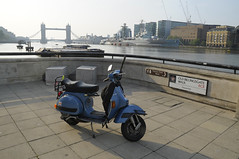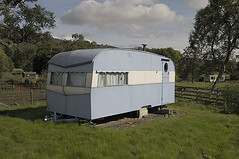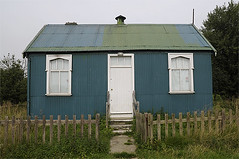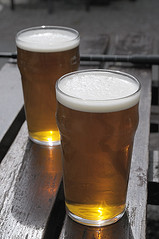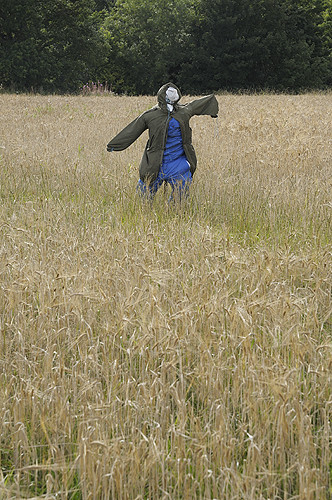

A short walk from our chum the scarecrow is The Edradour distillery, the smallest in Scotland. It's truly pocket-sized and from a distance looks like a collection of well kept campsite shower blocks. Despite this, it still manages to absorb 100,000 visitors a year. It was quiet on our visit, and we were shown round by a twinkle-eyed septegenarian who couldn't have been more perfectly Scottish if she'd been Molly Weir. A lot of Edradour's equipment is pretty old, some of it dating from the mid 19th century. The gleaming coppers are 90-odd years old and hand polished weekly. If one of them was half a centimeter smaller, it would be illegal. Of course, minimum size was set to stop stills being easily hidden from the Customs men. The distillery was officially founded by a co-op of local farmers in 1825, though it may have been in illegal production well before then.
As with most places of this type, the visitor centre and shop employ more people than the production staff. At Edradour there are just 3 distillers actually producing the whisky, and nothing much can have changed since the days of the co-op. Despite the slightly cheesy, folksy film we were shown before the tour, this is more or less the real deal. Unlike say, Martell in Cognac, the place isn't a sort of folk museum with the product made in a factory elsewhere. What you see is what you get. The water comes from a burn flowing through the site, and it's so pure it doesn't need to be treated. Round the back of the distillery house was some sort of ancient heat exchanger groaning and steaming like a Newcomen engine. The waste barley is still shovelled out daily for a local farmer to feed to his cattle. Nothing is automated - even the labels are added to the bottles by hand. The only time a machine gets involved is to load the bottles into the lorries for dispatch. Edradour has had a few owners over the years, including Pernod Ricard and even (it is whispered) the mafia. Nowadays it's owned by a Scottish family firm, so it looks to be in safe hands.
Nowadays, Edradour produces something like 240,000 bottles annually - or 3 barrels a day. They must have ramped up production during the war, though. Much of the cargo of the
SS Politician which ran aground off Eriskay was Edradour whisky - an incident later immortalised in Compton McKenzie's
Whisky Galore!By the way, a bottle of whisky in Edradour's shop was typically ten quid more expensive than down the hill in Pitlochry.
